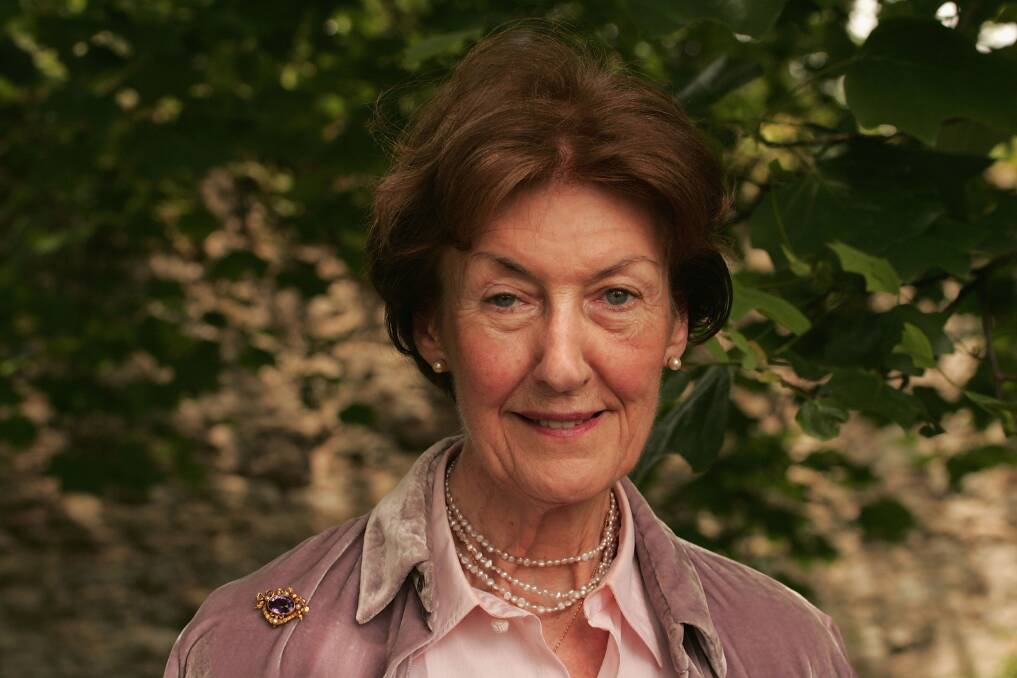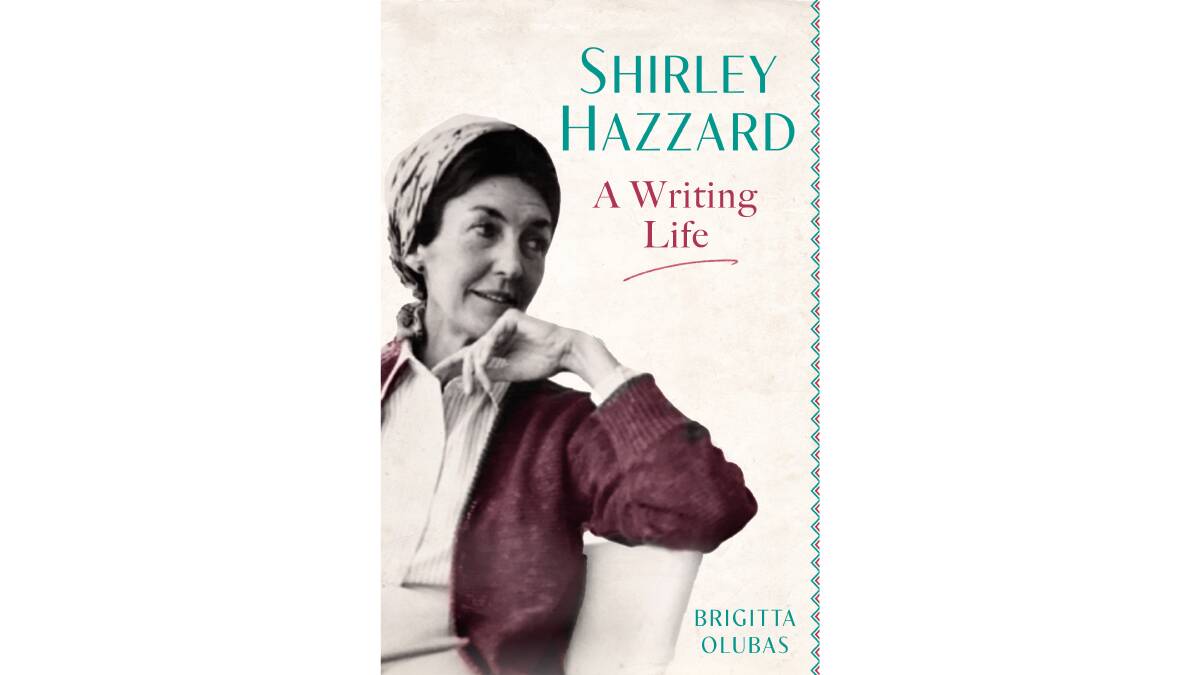
- Shirley Hazzard: A Writing Life, by Brigitta Olubas. Virago, $34.99
When I was an undergraduate, I was introduced to Truman Capote by George Plimpton, the legendary sportswriter and editor. Plimpton's superb oral history of Capote, a reliably polarising figure whose name became synonymous with scandal following the publication of his infamous Esquire essay "La Cote Basque 1965", served to widen my literary viewfinder. It was a short leap from Plimpton's Truman Capote to Truman Capote's In Cold Blood. And from there, it was plain sailing to Norman Mailer's Miami and the Siege of Chicago, Gore Vidal's Creation and beyond.
Subscribe now for unlimited access.
$0/
(min cost $0)
or signup to continue reading
Why do I mention this? I mention it because Brigitta Olubas' exhaustively researched biography of Shirley Hazzard might come to influence my reading in much the same way. I'm sure not what I'll read first - Greene on Capri, Hazzard's ode to her dear friend of many years, or The Great Fire, the novel that finally won Hazzard the National Book Award - but I have every intention of inhaling Hazzard. I might even read Christina Stead, the novelist who was publishing "densely poetic accounts of the city of Sydney" at the time Hazzard was growing up on the city's Lower North Shore.

Shirley Hazzard was born in Chatswood in 1931. The younger daughter of a philandering father and a mother she cast as a "a destroyer who sees herself as a perpetual victim" in The Transit of Venus, Hazzard was an unhappy child who took refuge from familial dysfunction in books. Her first love was poetry. As a child, Shirley would sit in the kitchen reading to her mother. "Don't you think that's beautiful?", she'd ask. This obsessive love of literature was not preordained. In fact, Olubas observes that Hazzard's family situation "in many ways precluded access to a more spirited and contemporary cultural life". It's an assessment the writer would have agreed with: "In the circles where I was raised, I knew of no one knowledgeable in the visual arts, no one who regularly attended musical performances, and only two adults other than my teachers who spoke without embarrassment of poetry and literature." The comment, coursing with cultural cringe, is as much an indictment on her birthplace as it is on her family's social circle.
Shirley Hazzard is one of Australia's greatest cultural exports, but one who is arguably better known and appreciated in places other than the land of her birth. I see her as a literary version of Germaine Greer or Robert Hughes - but much better dressed, clad as she invariably was, in Missoni and Ferragamo. From the outset, Hazzard had a complicated relationship with Australia. She found the wholesale adoption of British traditions in a place ill-suited to them strange. She had no interest in Australian literature, and no affinity for Aboriginal culture or history. She preferred the gentlemanly Italian engineers she met in her Sydney office to the "matey" locals. And she couldn't wait to get out.
In 1947, at the age of 16, Shirley finally got her chance when her father took up the post of Australian Trade Commissioner to Hong Kong. "The very dramatic, very worldly life there was what I had imagined real life to be," she'd later recall. "Also, it was going up above the equator, now things came right, things like the seasons were in the proper order that was given in literature." But it was a love affair with a Russian-born Englishman twice her age that would change her life forever and inspire a theme - the inexhaustible quality of love - that she would return to over and over again in her work.
The enduring appeal of the literary biography owes much to the form's preoccupation with its subjects' processes and source material. As readers of fiction, we can't help but wonder, is that character based on a real person? Was that scene lifted from life? Is that episode a retelling of something the author experienced? Good literary biographies are so compelling partly because they tend to answer those questions. Shirley Hazzard: A Writing Life is a case in point. Olubas does do a fine job illuminating the life experiences that inspired Hazzard's fiction, and nowhere is the intersection between art and life more apparent than in her examination of the doomed romance between Hazzard and Alexis Vedeniapine - a romance retold in The Great Fire.
Published in 2003, Hazzard's Hong Kong novel required her to relive the loss of her first and greatest love. Mining her own correspondence and diaries for inspiration, Hazzard created a love affair between Aldred Leith, a decorated British veteran, and Helen Driscoll, a 17-year-old Australian that closely resembles the one she shared with Vedeniapine. It wasn't an easy book to write. Hazzard struggled with the overall tone of the book and, according to Olubas, her "unresolvable relation to the fact of Alec Vedeniapine's later life - his marriage, children, the farm that had been his dream". But in the end she was able to craft a masterpiece from the shards of heartbreak. A masterpiece that Brigitta Olubas' stirring biography has inspired me to read.

